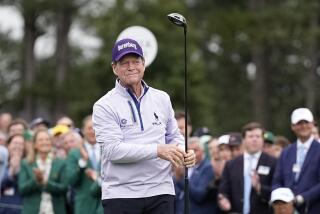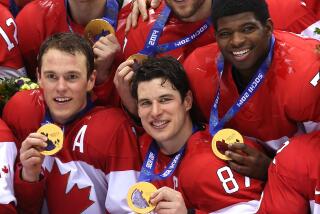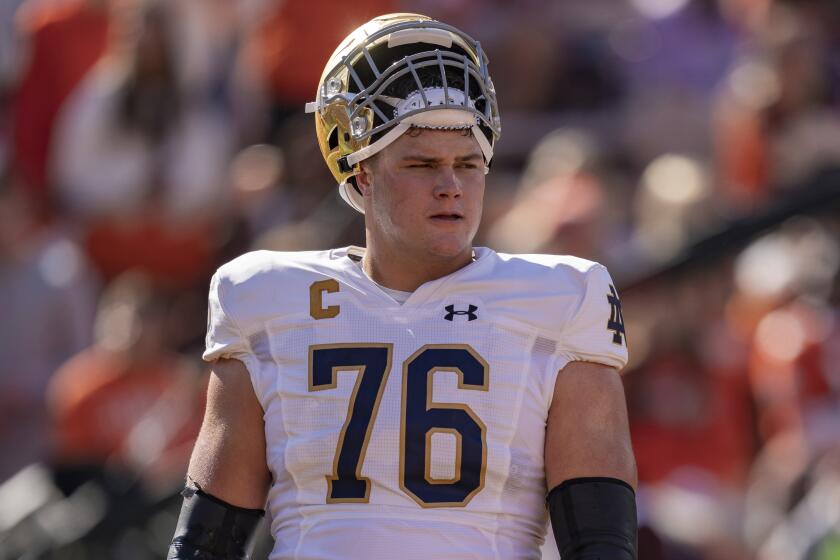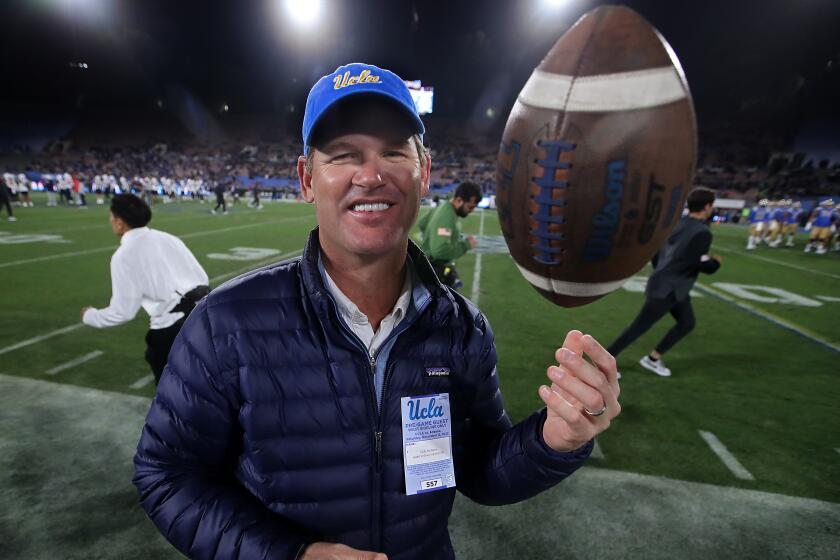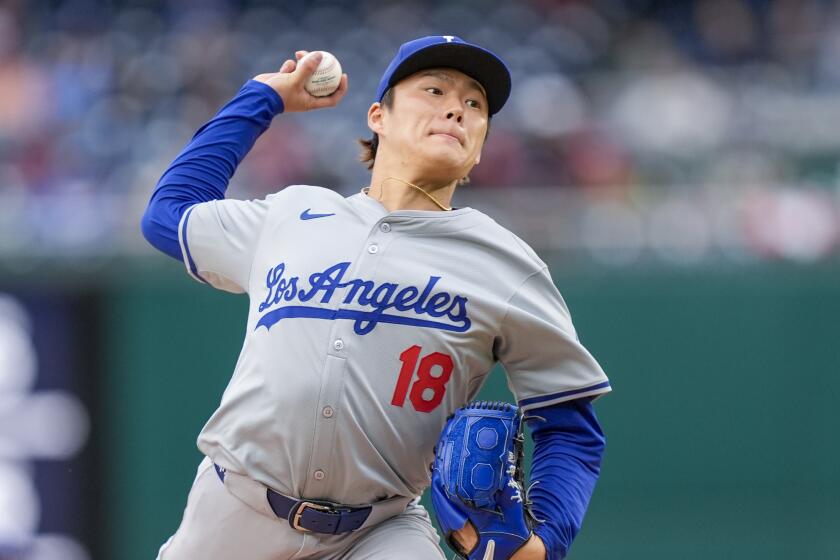Olympic golf field takes shape but is short on majors winners

In October of 2009, when the International Olympic Committee decided to bring golf back to the Olympics for the first time since 1904, the top four ranked male players in the world were Tiger Woods, Phil Mickelson, Steve Stricker and Lee Westwood.
Those guys must be wondering now: Is there an over-40 portion of the Rio Games?
Woods hasn’t played a competitive round in 11 months; Stricker is semiretired; and though Mickelson, who played beautiful in a British Open loss, and Englishman Westwood have their flashes of strong play, none were in position to qualify for their respective country when the deadline arrived a week ago.
Maybe that was predictable, given we’re nearly seven years removed from the official announcement, but the International Golf Federation might beg for those four under the circumstances.
They could see the aging of the elite players coming, but not the Zika virus. The potential for getting the illness has been the spoken reason used to severely diminish the field before any golfer was in danger of a mosquito bite in Brazil.
With 16 eligible men withdrawing, some shine has been taken off the competition, though it clearly created a golden opportunity for those remaining.
“All these golfers who chose to withdraw, amidst legitimate concerns. ... I have a feeling that once the Olympics start and they watch the enormity of what’s going on, they’re going to wish they had made another choice,” said Brandel Chamblee, a Golf Channel commentator and former player.
The format for the Olympic golf, which has been criticized by some players for not incorporating teams or something other than stroke play, will be 72 holes for 60 players in the men’s and women’s fields. The venue is the Olympic Course that was built on the edge of a nature preserve specifically for the Games and designed by American architect Gil Hanse.
Two-time Masters winner Bubba Watson, at No. 5 in the world, is the top-ranked player in the tournament and has expressed patriotic enthusiasm for the Olympics, but the favorite should be Sweden’s Henrik Stenson.
Ranked No. 6 before he won the British Open on Sunday, Stenson is the hottest player in golf, having also won a European Tour event in Germany recently.
“I think after a pretty long and successful career, it would be pretty cool to have an Olympic medal hanging next to some of the nice trophies I have at home,” Stenson said. “So I’m going to try my hardest.”
Beyond Watson, the rest of the American contingent is Rickie Fowler, Patrick Reed and Matt Kuchar. They have combined for 14 PGA Tour victories, but none has won a major.
Could a gold medal be Spaniard Sergio Garcia’s legacy beyond his Ryder Cup record? Garcia, who posted his 22nd major top 10 in the British Open, hasn’t been able to seize golf’s biggest prizes, but Rio might be the perfect circumstance for him.
The field is light on major winners, with only four: Stenson, Watson, Germany’s Martin Kaymer and Ireland’s Padraig Harrington.
Contrast that to the women’s draw, for which all of the top players will be present, and that should make for a truly international battle, compelling for its youth versus experience possibilities.
World No. 1 Lydia Ko, who is Korean born but will represent New Zealand, was 12 years old when Olympic golf was announced. She has won two majors and 13 LPGA Tour events.
Canada’s Brooke Henderson is even younger, at 18, and recently outdueled Ko in the Women’s PGA Championship. Ko then blew a fourth-round lead in the U.S. Women’s Open, but responded by contending for the title in last week’s Marathon Classic.
The American players are Lexi Thompson, Stacy Lewis and Gerina Pillar. At 31, Lewis is the most accomplished, with 11 victories, including two majors.
tod.leonard@sduniontribune.com
More to Read
Get our high school sports newsletter
Prep Rally is devoted to the SoCal high school sports experience, bringing you scores, stories and a behind-the-scenes look at what makes prep sports so popular.
You may occasionally receive promotional content from the Los Angeles Times.
